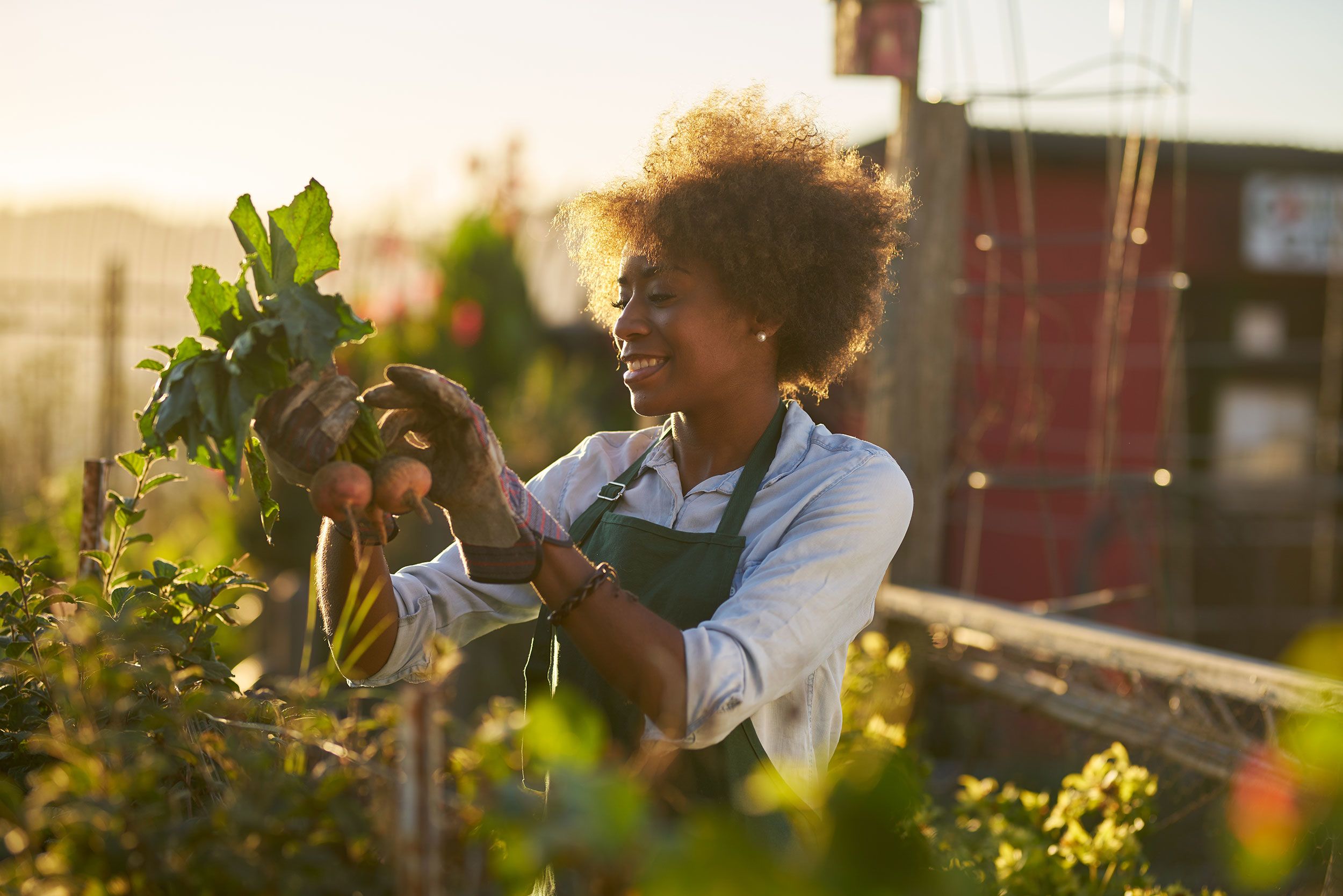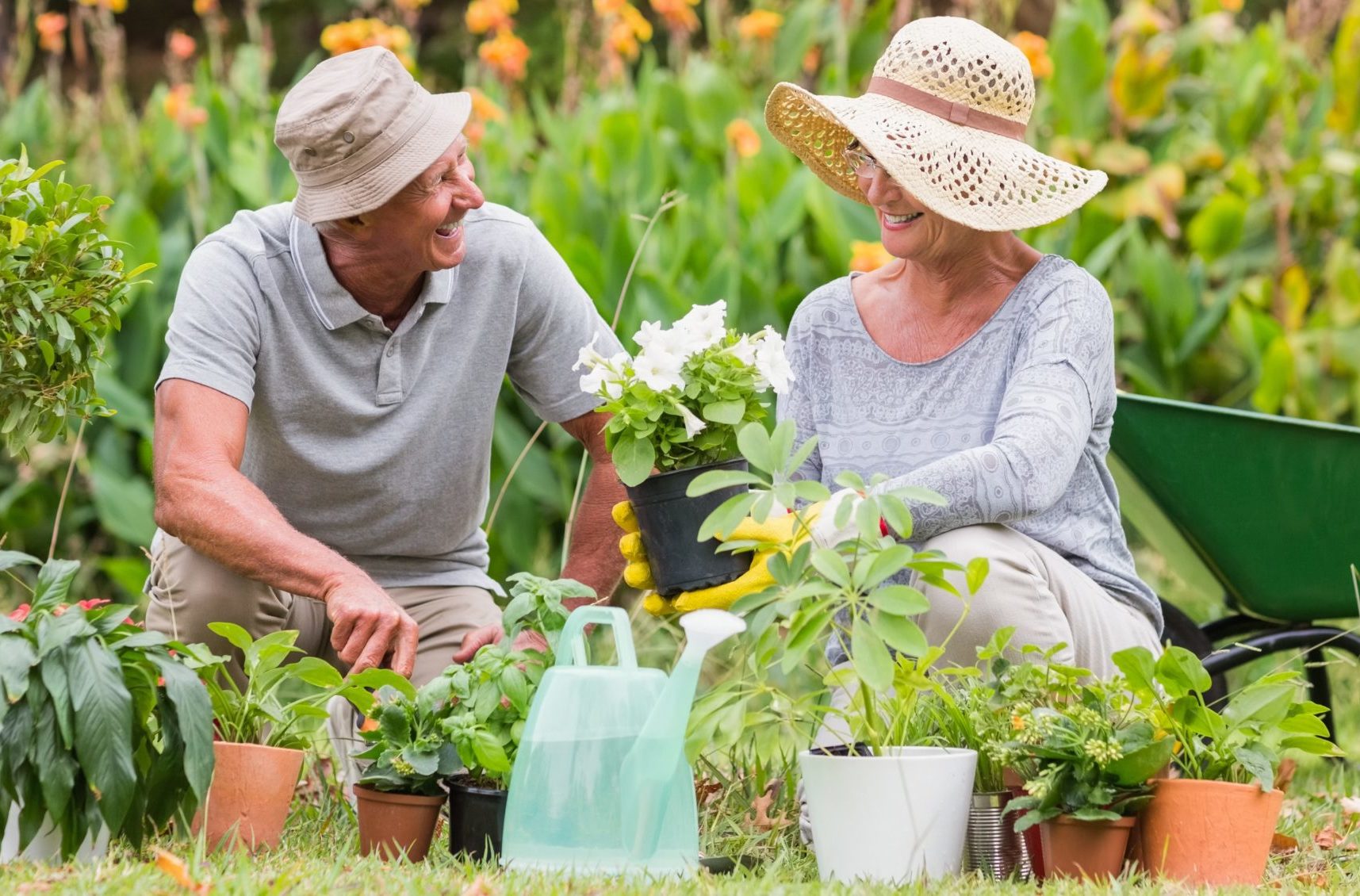Growing Confidence: Newbie Gardening Hacks for Greenery Enthusiasts
Wiki Article
From Beginner to Green Thumb: A Step-by-Step Journey Via the Art of Horticulture

Understanding Your Horticulture Room
To begin your horticulture trip, it is important to understand the unique qualities and restrictions of your gardening room. Take a minute to observe your environments. Is your area little or huge? Is it exposed to complete sunlight or does it obtain partial shade? Exist any type of specific difficulties you may encounter, such as inadequate soil top quality or restricted water schedule? Recognizing these variables will certainly help you make educated decisions concerning the kinds of plants that will prosper in your space.Think about the dimension of your gardening area. If you have a little space, you may need to concentrate on container horticulture or upright gardening to optimize your growing location. On the various other hand, if you have a big space, you have the luxury of growing a selection of plants and producing different areas within your garden.
Following, review the quantity of sunshine your space gets. This will determine which plants will certainly prosper and which ones might struggle. If your space is shaded, you can select shade-loving plants like ferns or hostas. If your room gets complete sunlight, you can grow a vast array of plants, including veggies, herbs, and flowers.
Lastly, think about any type of obstacles or limitations details to your space. You may require to change it with garden compost or choose plants that are forgiving of less-than-ideal problems if your dirt top quality is inadequate. If water is limited, you can select drought-tolerant plants or implement water-saving methods like mulching.
Choosing the Right Plant Kingdoms for Your Yard
Select plants that are well-suited to your yard's special conditions and your individual choices. When choosing plants for your yard, it is necessary to think about elements such as sunshine, soil type, and climate. Take a look at the amount of sunlight your garden obtains throughout the day. Some plants grow in full sunlight, while others choose partial and even full color. Consider the dirt type in your garden. Some plants favor well-drained dirt, while others prosper in clay-like or wet soil. Furthermore, take into consideration the climate in your area. Some plants are better fit for warm and completely dry environments, while others can hold up against colder temperatures.It's additionally worth considering the maintenance degree of the plants you choose. Some plants call for even more care and focus, while others are a lot more low-maintenance.
Preparing the Soil for Planting
First, assess the problem of your dirt to determine if any kind of enhancements or modifications are required. The high quality of your soil is critical for the success of your garden. Begin by examining the structure of the dirt. Is it sandy, fertile, or clayey? Sandy soil original site drains swiftly, while clayey dirt keeps water. Loamy soil is the perfect balance between the two. Next off, check the pH degree of your dirt. Many plants prefer a slightly acidic to neutral pH, around 6.0 to 7.0. You might need to change it making use of soil modifications such as lime or sulfur if your soil is as well acidic or alkaline. Furthermore, you must think about the vitamins and mineral web content of your dirt. Conduct a dirt examination to identify if any kind of important nutrients are doing not have. This will aid you decide which browse around this site plant foods or raw material to include. Guarantee that your dirt is well-draining. Improperly drained dirt can bring about waterlogged origins and other plant wellness concerns. If necessary, enhance water drainage by including organic matter like garden compost or peat moss. By evaluating and making needed amendments to your soil, you can create an optimum environment for your plants to grow.Nurturing and Keeping Your Yard
Make sure to water your plants deeply, permitting the water to pass through the dirt and get to the origins. Regular weeding is likewise crucial to maintain your garden complimentary from unwanted plants that contend for nutrients and area. Frequently inspect your plants for any type of signs of problem or illness and take immediate action to stop further damage.Troubleshooting Common Gardening Issues
To attend to usual horticulture problems, beginning by identifying the problem and taking immediate action. Among one of the most common issues gardeners face is pests. You may have an insect infestation if you see eaten fallen leaves or plants that are wilting for no noticeable factor. Examine your plants carefully for indications of pests or other parasites. If you spot any kind of, eliminate them manually or utilize natural insect control approaches. One more common trouble is nutrition deficiency. If your plants have yellow or blemished fallen leaves, they might not be getting adequate nutrients. Consider fertilizing your soil or adding compost to boost its vitamins and mineral content. read this article Overwatering is one more concern that can harm your plants. You may be overwatering if you discover waterlogged soil or wilting in spite of sufficient watering. Adjust your watering timetable as necessary and ensure appropriate water drainage. Finally, illness can likewise impact your garden. If you see places, mold and mildew, or unusual development on your plants, maybe a sign of condition. Eliminate affected plants and deal with the staying ones with natural fungicides or pesticides. By quickly addressing these typical issues, you can guarantee the wellness and success of your yard.Verdict
Congratulations! You have actually effectively completed the journey from beginner to eco-friendly thumb in the art of horticulture. By comprehending your horticulture area, selecting the right plants, preparing the soil, and supporting your yard, you have gotten over typical gardening concerns like a pro. Currently, armed with expertise and experience, you are all set to enjoy the beauty and wealth of your thriving yard. Keep up the magnum opus and remain to cultivate your environment-friendly thumb!
When selecting plants for your garden, it is vital to think about elements such as sunlight, dirt type, and environment. Some plants like well-drained soil, while others grow in damp or clay-like dirt (newbie gardening). By comprehending your gardening room, picking the right plants, preparing the soil, and nurturing your garden, you have gotten over typical horticulture problems like a pro
Report this wiki page